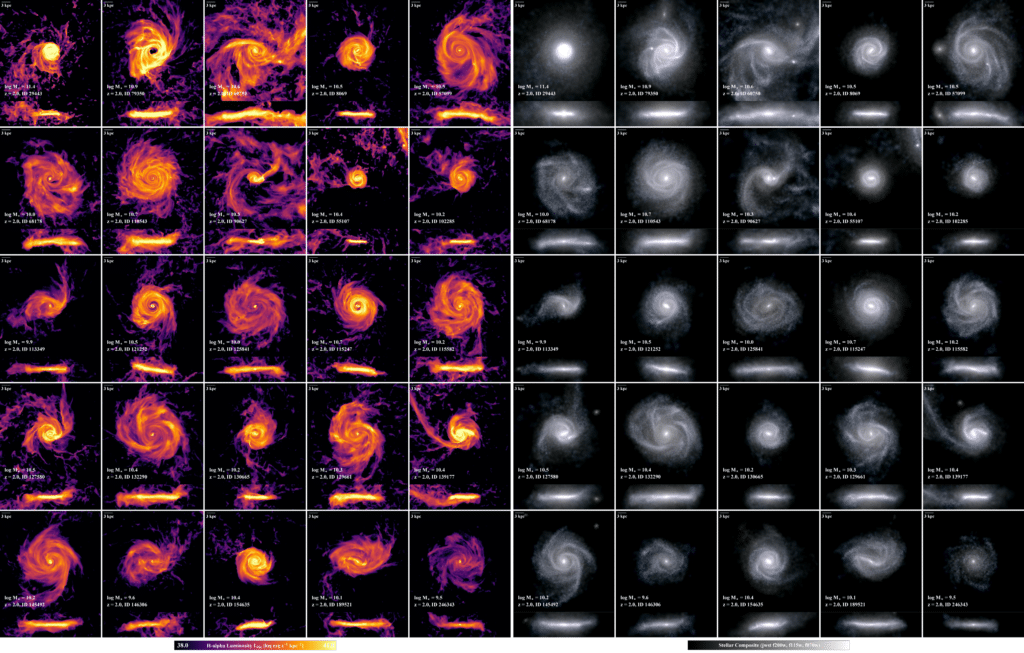Galaxies with extended disks maintain productivity, research reveals

Massive galaxies with extra-large extended “puffy” disks produced stars for longer than their more compact cousins, new modelling reveals.
In a paper published in the Astrophysical Journal, researchers led by Dr Anshu Gupta and Associate Professor Kim-Vy Tran from Australia’s ARC Centre of Excellence in All Sky Astrophysics in 3 Dimensions (ASTRO 3D), show that the sheer size of a galaxy influences when it stops making new stars.
Continue reading At cosmic noon, puffy galaxies make stars for longer



